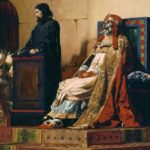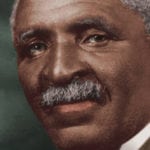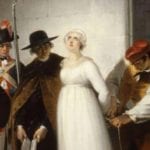 Mysteries
Mysteries  Mysteries
Mysteries  History
History 10 Surprising Stories About the Texas Rangers
 Humans
Humans 10 Philosophers Who Were Driven Mad by Their Own Theories
 Miscellaneous
Miscellaneous 10 Video-Game-Worthy Weapons and Armors from History
 Weird Stuff
Weird Stuff 10 Psychics Who Accurately Predicted Wartime Events
 The Arts
The Arts 10 Pieces of Art Inspired by a Broken Heart
 Health
Health 10 Science Fiction-Sounding New Medical Treatments
 History
History 10 Surprising Facts About the Father of Submarine Warfare
 Space
Space Ten Astonishing New Insights into Alien Worlds
 Weird Stuff
Weird Stuff 10 Bizarre Summer Solstice Rituals Still Practiced Today
 Mysteries
Mysteries Top 10 Haunting Facts About the Ghost Ship MV Alta
 History
History 10 Surprising Stories About the Texas Rangers
 Humans
Humans 10 Philosophers Who Were Driven Mad by Their Own Theories
Who's Behind Listverse?

Jamie Frater
Head Editor
Jamie founded Listverse due to an insatiable desire to share fascinating, obscure, and bizarre facts. He has been a guest speaker on numerous national radio and television stations and is a five time published author.
More About Us Miscellaneous
Miscellaneous 10 Video-Game-Worthy Weapons and Armors from History
 Weird Stuff
Weird Stuff 10 Psychics Who Accurately Predicted Wartime Events
 The Arts
The Arts 10 Pieces of Art Inspired by a Broken Heart
 Health
Health 10 Science Fiction-Sounding New Medical Treatments
 History
History 10 Surprising Facts About the Father of Submarine Warfare
 Space
Space Ten Astonishing New Insights into Alien Worlds
 Weird Stuff
Weird Stuff 10 Bizarre Summer Solstice Rituals Still Practiced Today
Top 10 Personal Facts About Famous Historical Figures
Stuck in stories that are embellished or written with old facts, famous figures often do not bring their entire selves to the table. They may have been superb leaders or artists, but they had habits and made mistakes like any ordinary Joe.
New and rare facts can reintroduce a historical character on a more human level, revealing triumphs and struggles with family, signs of future greatness in childhood, and even devastating secrets. Most of all, personal tidbits enrich the linear story that made the person famous. How these well-known figures dealt with others, died, and hid images in their work or scandals in their lives can give us a better understanding of their authentic histories.
10 Newton’s Graffiti
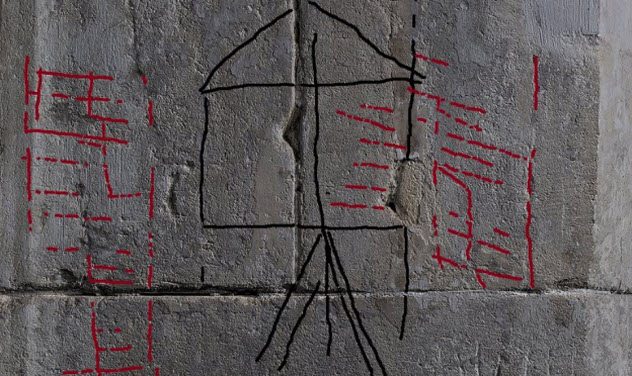
When Sir Isaac Newton was a boy, he apparently had a habit of drawing on walls. Perhaps suitably, the discovery was made by employing technology that used light in a novel way. Newton became famous because of his experiments with light and prisms.
In 2017, researchers investigated Woolsthorpe Manor in England. This was where Newton was born in 1642 and spent his younger years. There was a reason why the team focused on the manor’s walls. Previous drawings dating to Newton’s lifetime had been discovered in the 1920s and 1930s.
His friend William Stukeley wrote in 1752 that Newton drew on surfaces in a prolific manner—even the ceilings did not escape his charcoal stick. He must have had very forgiving parents.
The walls were scanned with light from different directions simultaneously. This photographic technique, called RTI, detected an invisible carving. It showed a windmill, a first for the manor. The drawings described by Stukeley had included people, animals, plants, and mathematical and geometric figures.[1]
It is believed that the young Newton, who was drawn to all things mechanical, was captivated by a mill being constructed nearby at the time.
9 Jane Austen Was Possibly Poisoned
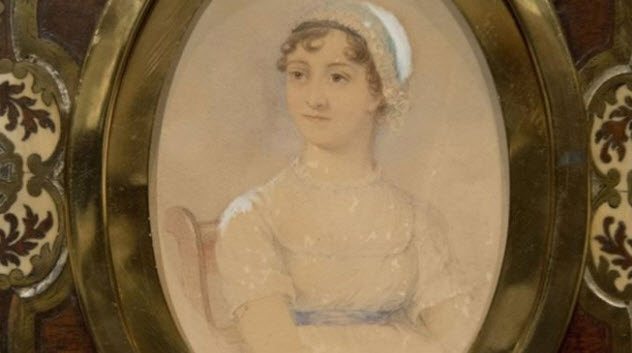
Ever since famous novelist Jane Austen died in 1817, the reason for her death has remained a mystery. She died young, aged 41, and left letters behind which hinted at a more sinister demise. Mostly, cancer and Addison’s disease were suspected. Then somebody considered an unnatural cause.
When crime writer Lindsay Ashford wanted to write her next book, she did so in Chawton House, the old home of Austen’s brother. She read Austen’s letters and found symptoms the author mentioned months before she died. Tragically, Jane thought she was getting better. Thanks to her crime research, Ashford noticed a strong similarity to arsenic poisoning, especially the trademark skin discoloration.
A former president of North America’s Jane Austen Society also told Ashford that a lock of the writer’s hair had tested positive for arsenic. While experts do not agree with Ashford’s belief that murder cannot be discounted, they feel it is plausible that she might have ingested the poison in another way.
At the time, a medicine called Fowler’s Solution was prescribed for many complaints, including rheumatism. Austen’s letters revealed that she had rheumatism. One of the ingredients in Fowler’s Solution was arsenic.[2]
8 Churchill’s Daughter Fought In World War II
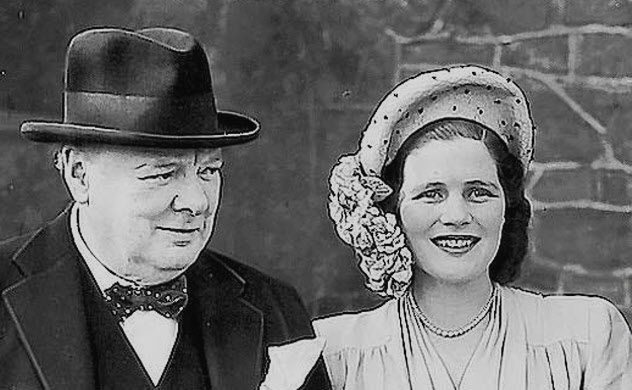
Winston Churchill was known for his witty comments, but one delighted his teenage daughter, Mary. When General Pile complained to the prime minister that he lacked soldiers for the antiaircraft batteries, Churchill said, “No, I can’t spare any men, you’ll have to use women.”
Mary immediately joined the Auxiliary Territorial Service. Even though she had to face prejudice, she climbed the ranks. In this case, the prejudice had nothing to do with her gender but instead with the fact that she was the prime minister’s daughter.[3]
Many expected Mary to behave like a pampered brat, but she scrubbed floors with the rest of them. Her modesty and hard work landed her the respect of her peers and leaders. In 1944, at age 21, she held the rank of junior commander. Mary led a battery of 230 women who fought at the front line, a fact her father was quite proud of.
She earned something of a celebrity status. But remarkably, she was more occupied with working hard and, like the young person she was, finding a party with friends every night. Mary retired from her army career in 1946.
7 Churchill’s Mother Stole His Inheritance
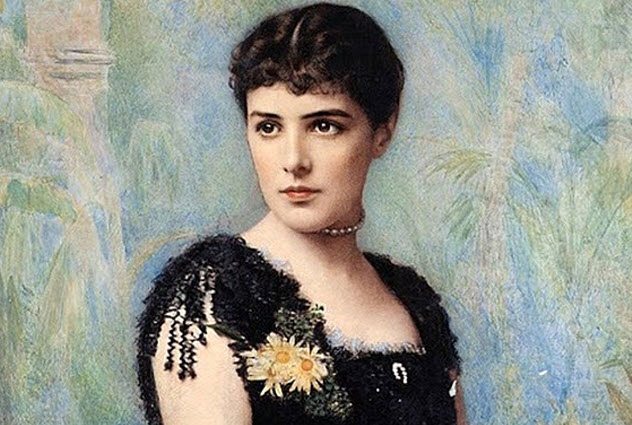
Jennie Churchill was a social butterfly who liked the high life. When her husband, Lord Randolph, died in 1895, he went down in the Churchill story as the father who hated the boys and left them no inheritance. Winston, 20, and Jack, 14, were told by their mother that there was nothing for them in the will.
Recently, historians uncovered the deception. They were allowed to study family letters kept by Jack’s descendants, which revealed that he was the first to realize what his mother had done.
While trying to help Jennie with the financial mess after the divorce from her second husband, Jack scrutinized his father’s will. Since he had to abandon his dream career and delay marriage because he had no money, Jack was shocked to discover that there was a fund for both him and Winston.
Jennie had stolen their inheritance, a sum worth about £1.1 million in early 2018.[4] She spent it in the 1890s when she had a hectic social life as the mistress of Edward, Prince of Wales. The family letters also revealed that Lord Randolph was a caring father, contrary to his historical image.
6 Hemingway’s First Story
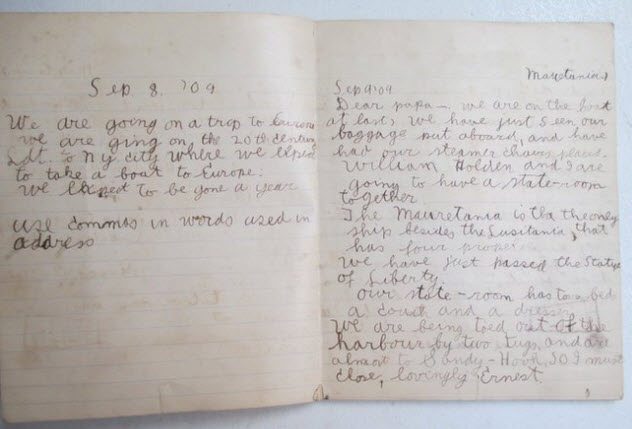
Ernest Hemingway, author of several classics, rarely threw anything away. This hoarding habit allows researchers to understand this great writer better as a person. In 2017, one of the most exciting discoveries was made—the first roots of his talent. Hemingway had left an archive of personal belongings with the Bruce family, who were lifelong friends.
After Hemingway’s death in 1961, they allowed his wife to take what she wanted and they kept the rest. During the past 15 years, historians began to catalog the Bruce collection in Key West, Florida. A damaged notebook caught their attention. Stored in a Ziploc freezer bag marked “Sep. 8, 1909,” it turned out to be Hemingway’s first known fiction.
Written when he was 10, the short story describes a trip through Europe with letters to his parents and journal entries. At first, researchers believed that it was a factual account. Then they realized that the young Hemingway had never gone on such a trip.
It was only then that the significance of the 14-page story became clear. Not only was it his earliest work, but it showed that Hemingway’s hallmarks of realism and imagery were already in place.[5]
5 Walt Disney Was Mean
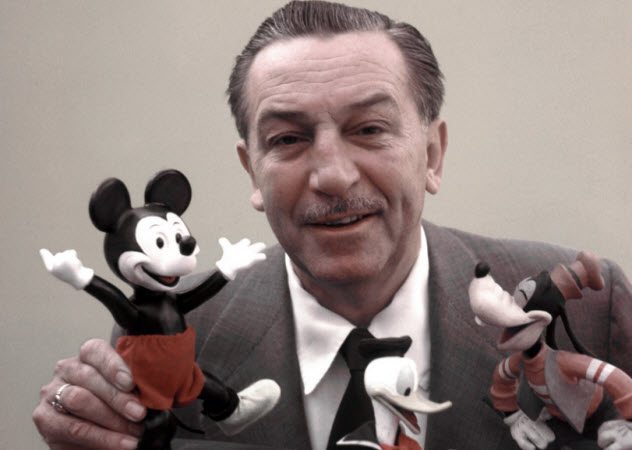
When biographer Neal Gabler was given access to the entire Disney archives, he discovered a very different Walt Disney. Mostly seen as a kind old man churning out touching movies, Disney practically became every kid’s uncle. In truth, Disney was a horrific boss. He saw communists everywhere and hated them with a passion. He even believed that the Screen Actors Guild was a communist cell.
He often humiliated his employees, and all hell broke loose when they tried to form a union. He posted armed guards, sacked organizers, lowered salaries, and ordered the studio coffee shop to keep shorter hours. When a strike loomed, Disney physically attempted to attack the man who led the unhappy workers. He wasn’t keen on hiring black employees at Disneyland, either.
Disney’s family was not exempt. He preferred to play with a train set instead of being with his wife. His brother Roy worked for Walt and was treated as badly as the rest of the employees. Walt Disney even missed his father’s funeral because he did not want to abandon a business trip.[6]
4 Clement Initially Saved The Templars

The blockbuster novel (and subsequent movie) The Da Vinci Code helped to bring this mysterious order back from obscurity. The Knights Templar were military monks. They formed in 1118 to protect pilgrims traveling in the Holy Land. But the order’s growing wealth and furtive ways made rich grounds for medieval accusations of heresy.
Most historians believe that the Templars were only guilty of lending King Philip IV of France money that he could not repay. In 1307, the king arrested their leaders, and in 1312, Pope Clement V found them guilty. They were burned at the stake. Templars who survived the violent extermination disappeared into other orders.
In 2007, a remarkable document was found in the Vatican. The 700-year-old “Parchment of Chinon” revealed that Pope Clement found the Templars guilty of immorality but innocent of heresy in 1308. Far from wanting to execute them, Clement planned on reforming the order. However, pressure from Philip steered Clement into reversing the verdict. If it had not been for that, the Templars might still exist today.[7]
3 The Nude Mona Lisa
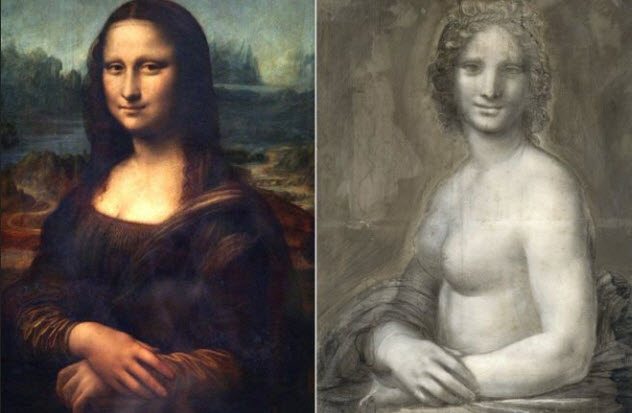
A charcoal sketch sat in a French art collection for 150 years before somebody saw a similarity with Leonardo da Vinci’s Mona Lisa. Called the Monna Vanna, she was thought to have been produced by students from the artist’s studio.
In 2017, experts at the Louvre Museum in Paris declared that the master himself likely played a part in its creation. The portrait shows a nude woman sitting in a classic Mona Lisa pose. Her face is a little different, but the two women’s hands are identical. Both pictures are also around the same size.
Like the Mona Lisa, the charcoal drawing radiates the magnificent quality for which da Vinci was known. The Monna Vanna was dated to the end of da Vinci’s life. (He died in 1519.) This meant that both works were created at the same time.
Why they resemble each other so much is not entirely clear. Perhaps they were meant to be a pair, and the Monna Vanna, which was likely a preparatory piece for an oil painting, was never completed.[8]
2 The Brain In God’s Throat

Michelangelo’s most famous works include a series of Sistine Chapel panels. The Renaissance master is renowned for nearly flawless depictions of human anatomy. But one panel is a bad misfit. Called the Separation of Light from Darkness, it features God. Otherwise perfect, God’s neck appears bulbous and is illuminated differently than the rest of the fresco.
Some wondered if Michelangelo gave God an enlarged thyroid gland (goiter). It simply does not look like a normal neck. However, it does resemble a brain stem. It sounds quirky that the painter planted an organ in God’s throat, but it is not the first time. In the past few decades, several doctors have identified brain and kidney motifs in other Sistine paintings.
In 2010, a medical team studied God’s awkward neck. Using the shadows as an outline, they digitally compared it with photos of a human brain. The result was a close fit with a ventral view of the brain stem.
So, what was Michelangelo’s game? Not everyone agrees that there are hidden images. However, Michelangelo sliced up cadavers his whole life. He knew the brain inside and out. It is possible that he understood the organ’s importance and, therefore, associated the brain with God.[9]
1 Einstein’s Missing Daughter
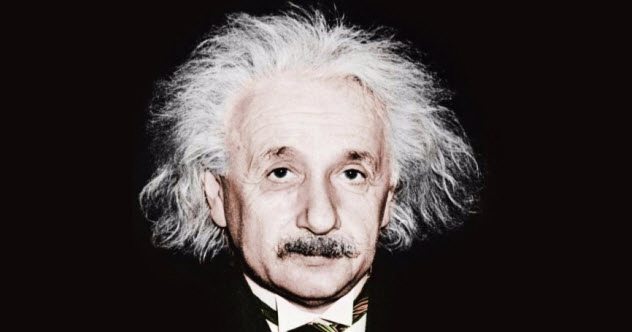
In 1902, the unknown Albert Einstein had a child out of wedlock. Her name was Lieserl. During that time, an illegitimate birth was a scandal. But the mother, Mileva Maric, decided to keep the baby. A student in Zurich, she returned home to Serbia.
Any facts about Lieserl come from her parents’ letters. They assumed that the baby would be a girl and chose her name. They discussed nursing, how the baby fared, and how to be together as a family.
But Einstein never told his own family about Lieserl. He kept it so secret that Einstein experts learned of her only when letters surfaced decades after his death.
Einstein never appeared to have met his daughter. He married Mileva, but they moved to Bern without their child. Lieserl contracted scarlet fever at about 18 months old, and Mileva visited the infant in Serbia.
In Einstein’s letters, he first asked after Lieserl’s health. Months later, upon learning that Mileva (still in Serbia) was pregnant again, he spoke as if this other baby was a replacement, calling it a “new Lieserl.”[10]
Nobody knows what happened to the original. She was never mentioned again. There are no records of her death, her adoption, or even her life. There is also no sign that her birth was registered.
For more bizarre facts about historical figures, check out 10 Famous Historical Figures With Bizarre Secret Lives and 10 Scandalous Facts About Historical Figures.
